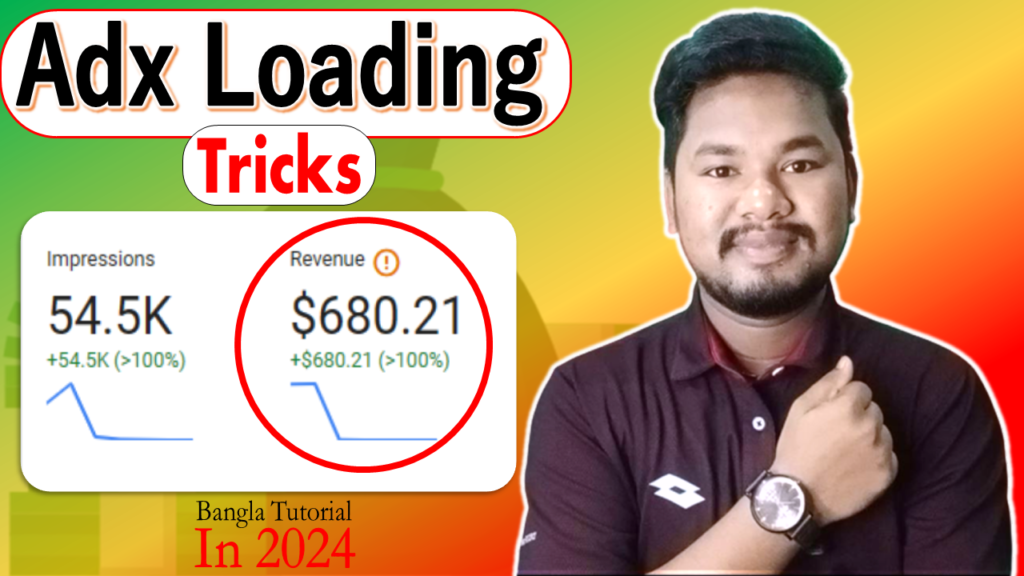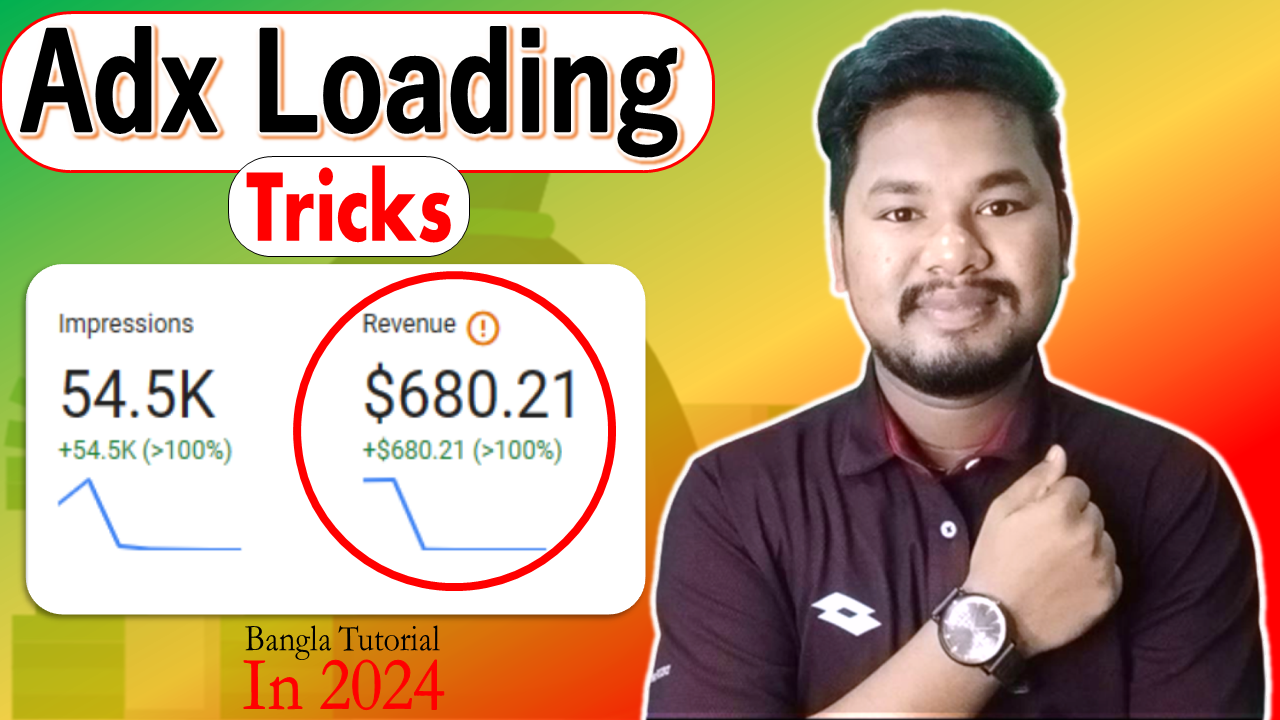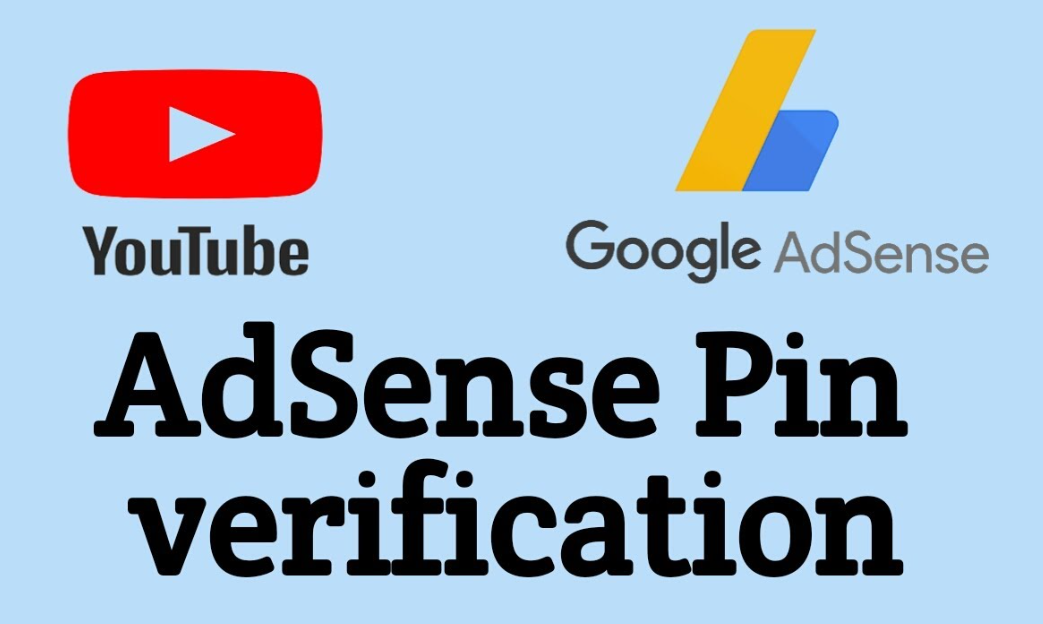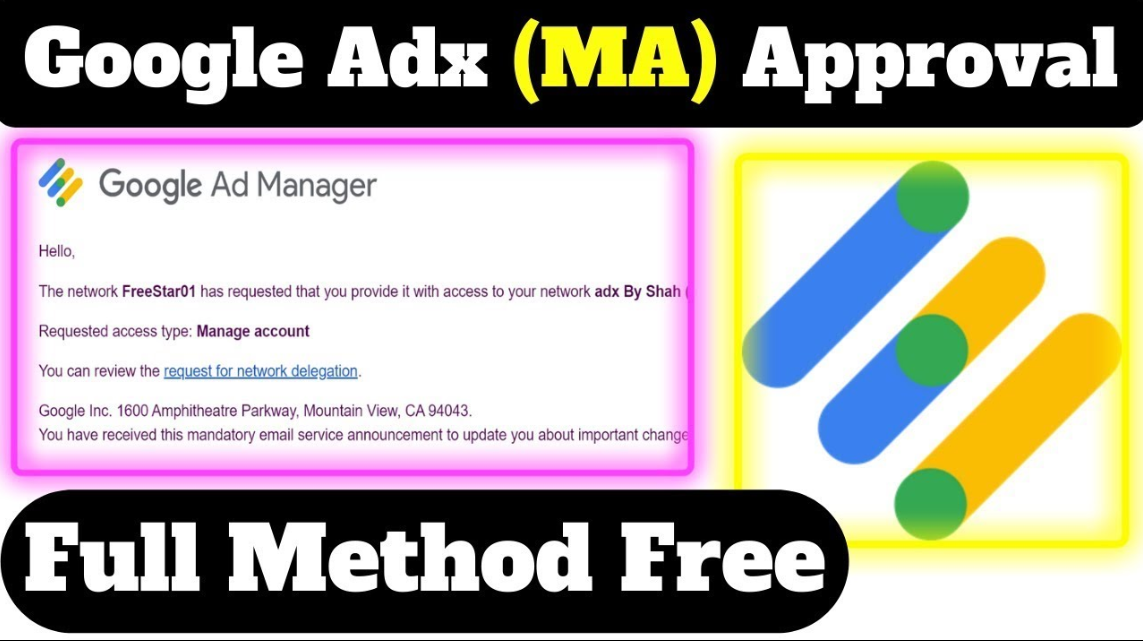How to Start AdSense Loading: Understanding Google AdSense
Google AdSense is a program that allows website owners and bloggers to monetize their content by displaying targeted ads. Google provides these ads, which can be displayed in various formats such as text, images, or videos. When visitors click on these ads, the website owner earns revenue. AdSense is an attractive option for many because it is relatively easy to set up and requires minimal maintenance. Additionally, it provides a steady income stream once the website attracts significant traffic. Understanding the basics of AdSense, its advantages, and its limitations is crucial before diving into the application and setup process.

Preparing Your Website or Blog
Before applying for AdSense, ensuring that your website or blog meets Google’s eligibility criteria is essential. Your site should have original, high-quality content that provides value to your visitors. It should also have a clear navigation structure, an About page, a privacy policy, and contact information. Additionally, your site must comply with Google’s policies, avoiding prohibited content such as adult, violent, and copyrighted. By preparing your site according to these guidelines, you increase the chances of getting approved for AdSense and ensure a smoother setup process.
Applying for AdSense
The application process for AdSense involves several steps. First, you must sign up for an AdSense account by providing your website URL, contact information, and other details. Google will then review your application, which can take a few days or weeks. During this period, ensure your website remains active and complies with all AdSense policies. If your application is approved, you will receive an email notification. In case of rejection, review the reasons provided by Google and make the necessary adjustments before reapplying. The key to a successful application is patience and adherence to Google’s guidelines.
Advantages of Google AdSense
Google AdSense offers numerous advantages to website owners. One of the primary benefits is the potential to earn passive income. Once the ads are set up, they require minimal maintenance, allowing you to focus on creating quality content. AdSense also provides access to a vast network of advertisers, ensuring that the ads displayed on your site are relevant to your audience. Additionally, Google handles all the billing and payments, making the process hassle-free. The detailed performance reports offered by AdSense enable you to track your earnings and optimize your ad strategy for better results.
Disadvantages of Google AdSense
Despite its many advantages, AdSense also has some drawbacks. One significant disadvantage is the dependency on website traffic. To generate substantial revenue, your site needs to attract many visitors. This can be challenging for new or niche websites. Additionally, Google has strict policies and guidelines that you must adhere to. Violating these policies can lead to account suspension or termination, resulting in the loss of potential earnings. Another drawback is the relatively low earnings per click, especially for sites with low traffic or less competitive niches. Therefore, weighing the pros and cons before committing to AdSense is crucial.
Setting Up AdSense on Your Site
Once your AdSense application is approved, setting up ads on your site is next. Start by logging into your AdSense account and generating ad units. You can customize these ad units to match the design of your website. Google provides various ad formats, such as display ads, in-feed ads, and in-article ads, allowing you to choose the best option for your site. After creating the ad units, you will receive a code snippet to be added to your website’s HTML. You can place the ads in high-visibility areas such as the header, sidebar, or within the content. Ensure the ads are not intrusive and blend well with your site’s layout for a better user experience.
AdSense Policies and Best Practices
Adhering to AdSense policies and best practices is crucial for maintaining a healthy and profitable AdSense account. Some key policies include avoiding invalid clicks, not encouraging visitors to click on ads, and not placing ads on prohibited content. Google also has specific guidelines for ad placement to ensure a good user experience. Reviewing and complying with these policies to avoid penalties regularly is important. Best practices for optimizing ad performance include experimenting with different ad formats, placements, and colors to see what works best for your audience. Monitoring your ad performance and making data-driven decisions can significantly enhance your AdSense earnings.
Optimizing Ad Performance
To maximize your AdSense earnings, you must continually optimize your ad performance. Start by analyzing the performance reports provided by Google AdSense. These reports offer insights into key metrics such as click-through rates (CTR), cost per click (CPC), and overall revenue. Experiment with different ad placements, sizes, and formats based on this data to identify the most effective combinations. Additionally, consider using A/B testing to compare ad strategies and determine what works best for your audience. Keeping your content fresh and engaging can also attract more visitors, leading to higher ad impressions and clicks.
Setup Extensions for Loading
For those looking to take their AdSense earnings to the next level, considering the use of extensions and tools designed to optimize ad loading and placement can be beneficial. Extensions like Ad Inserter or Advanced Ads can automate the process of ad placement, ensuring that ads are displayed in the most effective spots without manual intervention. These tools can also help with lazy loading of ads, which improves website performance by loading ads only when they are about to come into the user’s viewport. This can enhance the user experience by reducing initial load times and increasing the chances of ad visibility.
Conclusion
Starting with Google AdSense can be rewarding for website owners and bloggers looking to monetize their content. By understanding the fundamentals of AdSense, preparing your site properly, and adhering to Google’s guidelines, you can create a steady stream of passive income. While there are challenges, such as the need for significant traffic and strict policies, the benefits of a well-optimized AdSense strategy can outweigh these drawbacks. Regularly reviewing and optimizing your ad performance and considering advanced tools for ad management can further enhance your earnings. Ultimately, success with AdSense requires patience, continuous learning, and a focus on providing value to your audience.
FAQs: How to Start AdSense Loading
Q1: How long does it take to get approved for Google AdSense?
A1: The approval process for Google AdSense can take a few days to weeks. During this period, ensuring that your website meets all of Google’s eligibility criteria is important.
Q2: Can I use Google AdSense on multiple websites?
A2: Once approved for Google AdSense, you can use it on multiple websites. Each site must comply with AdSense policies and guidelines.
Q3: What are some common reasons for AdSense application rejection?
A3: Common reasons for rejection include insufficient content, site navigation issues, non-compliance with AdSense policies, and poor site design. Ensuring your site is fully developed and adheres to guidelines can improve your chances of approval.
Q4: How can I increase my AdSense earnings?
A4: Optimizing ad placements, experimenting with different ad formats, improving site traffic through quality content, and using performance analysis to make data-driven decisions can increase AdSense earnings.
Q5: How to Start AdSense Loading
A5: Violating AdSense policies can result in account suspension or termination. It is crucial to regularly review and comply with all AdSense policies to maintain a healthy account.



